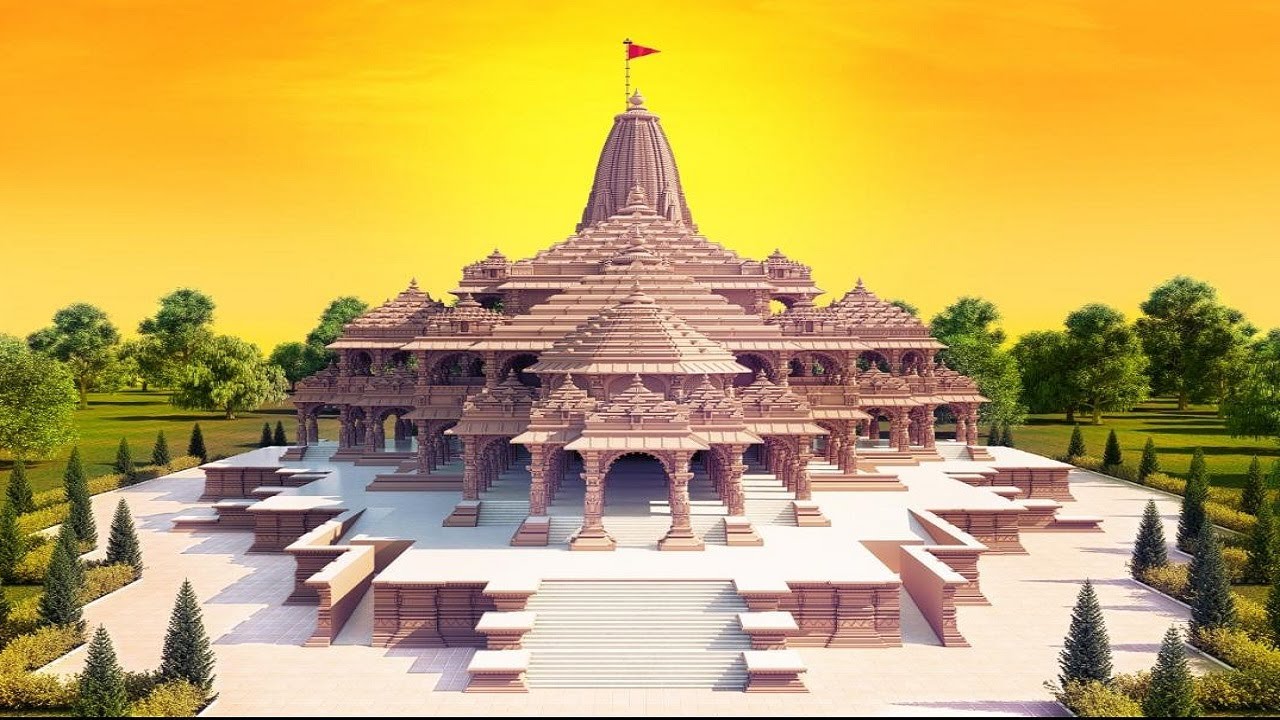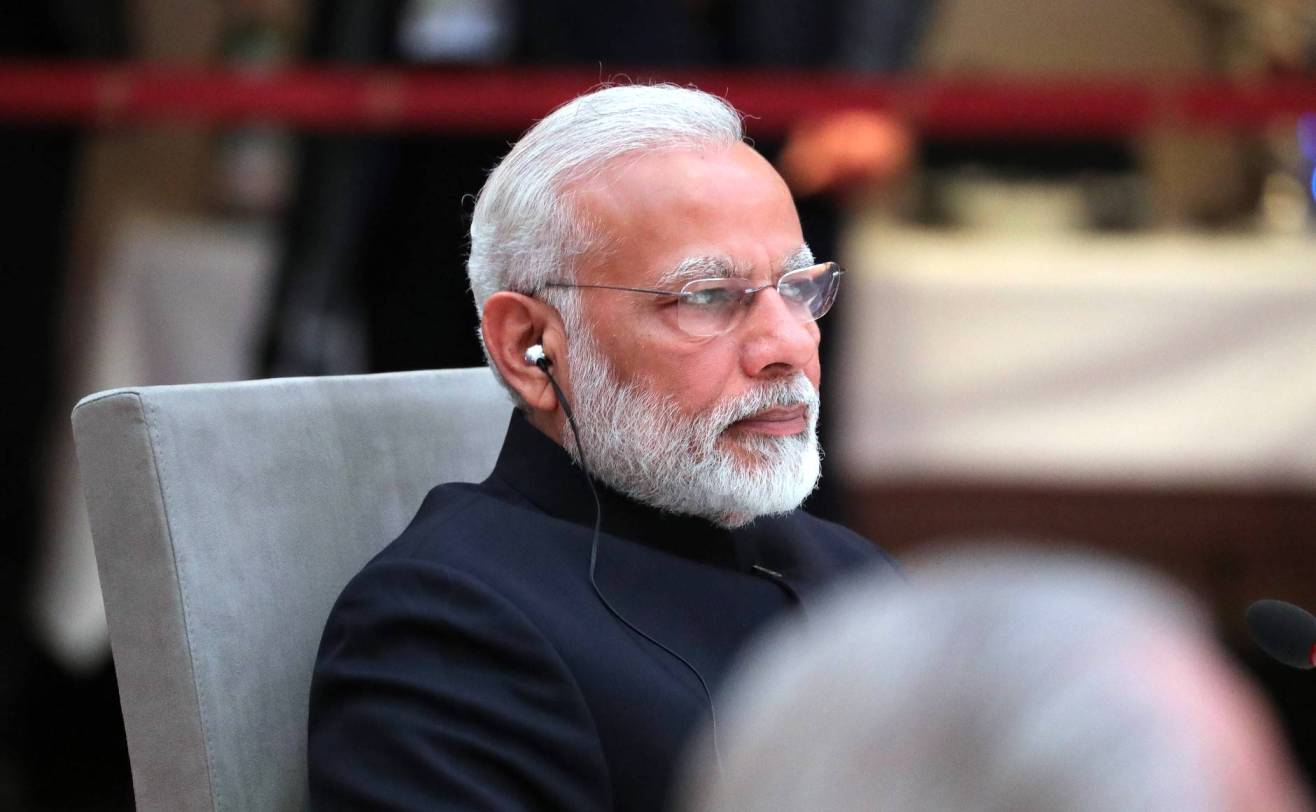The construction of the Ram Temple in Ayodhya holds immense significance for Hindus in independent India, encompassing profound religious, cultural, political, global, and commercial dimensions. This monumental project has been a focal point of contention and aspirations, with its impact rippling through various spheres of life.
Religious Significance:
At its core, the Ram Temple symbolizes the deeply ingrained religious sentiments of Hindus. Lord Ram, a revered figure in Hinduism, is considered the epitome of virtue and righteousness. The construction of the temple at the believed birthplace of Lord Ram holds spiritual importance, as it fulfills a longstanding desire of the Hindu community to restore a sacred site that has been a subject of historical and legal disputes for centuries. For believers, the temple represents a tangible connection to their faith and a symbol of religious revival.
Cultural Significance:
The Ram Temple is not just a religious structure; it is a cultural milestone that reflects the shared heritage of the Indian subcontinent. The epic Ramayana, which narrates the life and adventures of Lord Ram, has shaped the cultural ethos of the region for millennia. The temple's construction contributes to the preservation and promotion of this cultural legacy, fostering a sense of identity and continuity among Hindus. The temple's architecture, rituals, and festivities associated with its consecration further enrich the nation's cultural tapestry.
Political Impact:
The Ram Temple has been a focal point of political discourse, playing a pivotal role in shaping the political landscape of India. The temple issue has been a rallying point for various political movements, leading to the rise of the Ram Janmabhoomi movement in the late 20th century. The culmination of this movement with the construction of the temple marks a significant political milestone, with its completion fulfilling a promise made by various political leaders. The political impact extends beyond the ruling party, influencing electoral dynamics and shaping the national narrative on issues related to identity and secularism.
Global Implications:
The construction of the Ram Temple has reverberations beyond India's borders. The global Indian diaspora, particularly in countries with significant Hindu populations, has closely followed and celebrated the temple's construction. It serves as a symbol of pride and identity for Hindus worldwide. Additionally, the global community observes India's handling of religious diversity and its commitment to secularism in the context of this project. The temple's construction contributes to India's global image and position as a pluralistic society accommodating diverse religious beliefs.
Commercial Influence:
The construction of the Ram Temple has sparked economic activities, creating commercial opportunities in Ayodhya and its surrounding regions. The development of infrastructure, including the airport and railway station, will facilitate pilgrimage and also boost tourism. The influx of devotees and tourists is expected to stimulate local businesses, hospitality, and the overall economy of the region. The commercial impact extends to the production of religious artifacts, tourism-related services, and the promotion of Ayodhya as a cultural and religious tourism destination.
In conclusion, the Ram Temple's construction in Ayodhya is a multifaceted phenomenon with far-reaching implications. Its religious and cultural significance resonates deeply with the Hindu community, while its political and global impact shapes the narrative of India's socio-religious landscape. The commercial opportunities arising from the temple's construction contribute to the region's economic development. As the temple takes its place in the nation's collective consciousness, it becomes a testament to the intricate interplay between faith, culture, politics, global perceptions, and economic dynamics in contemporary India.
Prashant Tewari Editor in Chief Opinion Express








 OpinionExpress.In
OpinionExpress.In















Comments (0)